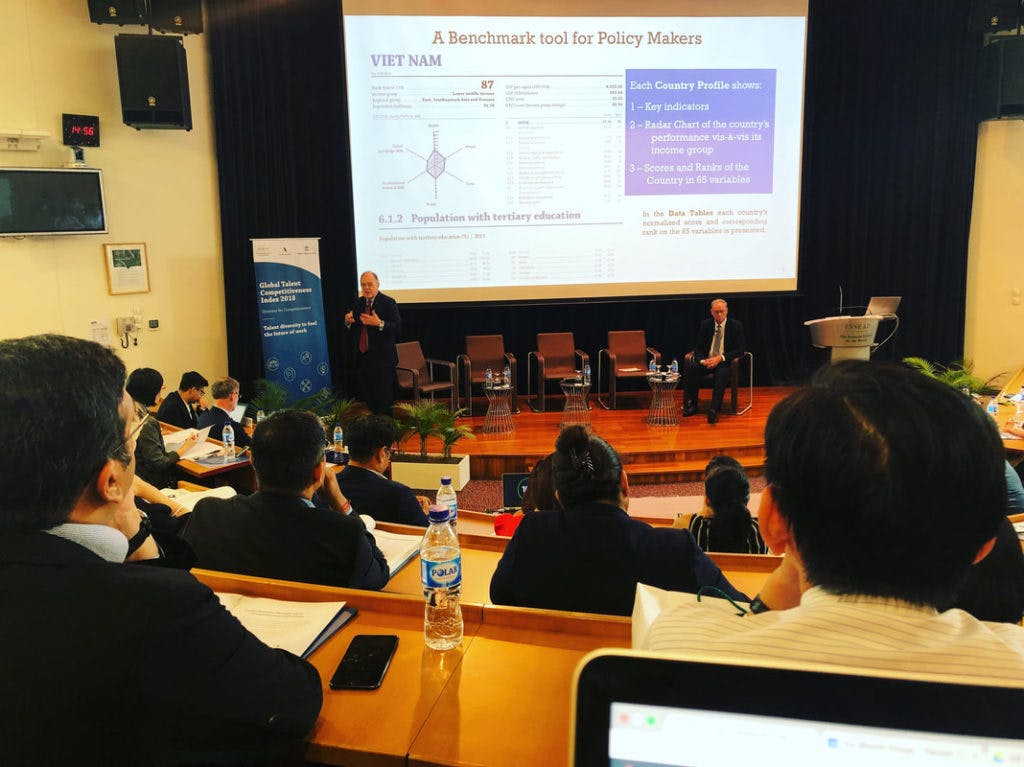Diversity Takes Skill
Diversity, Inclusion & Belonging may well be the buzzwords guiding 21st century human capital best-practices.
There’s no shortage of articles and research espousing the positive impact a diverse team can have on business outcomes.
Leaders looking to build more diverse teams typically start by looking into the Big 5 indicators – age, ability, gender, sexual orientation, and ethnicity – and if they dare to make a quick enquiry into the market, they may be bombarded with a slew of doomsday recommendations around the imperative of improving their hiring and promotion processes on each of these 5 metrics, the importance of implicit bias trainings and even tailored quotas and KPIs.
However, if these surface-level interests in building diversity are not supported by a corresponding cultural shift within the organisation, Managers and Colleagues can become resentful of the bureaucracy and the newly imposed ‘rules’ that they’ve never had to be watchful of before. This culture shift necessitates not only training and development, but also some high-visibility choices.
To consider diversity within such a narrow conceptual framework does a great disservice to diversity itself and prohibits an organisation from enjoying all the benefits and highlights a truly diverse team has within itis grasp.
In fact, recruiting and nurturing a ‘diverse’ team based on the Big 5 indicators alone is likely to do more harm to a team than good, particularly where the skills required to make diversity pay dividends are not being nurtured..
So what makes a team diverse? Before we answer that question let’s take a step back and think about what diversity really is. The trouble with the true concept of diversity is that it is almost entirely unquantifiable, which makes any empirical research into its efficacy quite challenging. Nonetheless, INSEAD along with the Adecco Group and Tata Communications conducted a study into the subject where they went well beyond the mere cosmetic measures that define diversity to understand how inclusion can fuel the future workplace across Nations.
INSEAD’s report – now known as the Global Talent Competitiveness Index (GTCI) – defined diversity as ‘collaboration between people with different personalities, knowledge sets, experiences, and perspectives’.
The value of adopting this definition lies in how it brings us into the space of ‘diversity of thought’. While ‘thought’ cannot be expressed as a number and is therefore not an easy variable to measure, the thesis that diversity of thought breeds innovation, thereby providing an organisation with a competitive advantage, is compelling.
Differing opinions challenge the status quo, push teams to think of more wide-ranging solutions, and enable them to consider mitigating strategies for risks they might not otherwise have thought of. This variety of opinions and challenges to set ways of thinking forces a team to evolve, becoming stronger and more resistant.
Measuring diversity of thought is difficult, but not impossible. Some companies rely on psychometric assessments and select team members specifically for their perspectives when assigning roles within a project or a team. These may include the rabble-rouser, the pacifier, or the devil’s advocate.
Although ‘personality type’ indicators are widely misused and discouraged by the research community, in broad-strokes we can see that each team member selected with a framework like this in mind, brings something valuable and unique to the table. By providing the resulting team with support in the form of group dynamics coaching, we nurture its collective consciousness.
Then, when conflicts arise, as they inevitably will, a Coach or Mentor can come to the forefront to steer the team through their differences, encouraging them to embrace their respective strengths without being affected by the resultant friction.
The question that naturally emerges is – once we’ve hired and developed for diversity, do we actually work hard enough to develop and nurture it? Existing processes for bias training are notoriously flawed, and can often be critiqued as risk mitigation strategies or emergency response campaigns, rather than a true diversity initiatives.
Striving for individual self-awareness and higher EQ across an organisation is a noble goal, but while it’s easy to demonstrate effort and input in effecting this kind of change, showing a measurable and sustainable impact or output is another story. Much like thoughts, emotional capacity is subjective and difficult to measure at the organisational level.
Dare we say it, but without the right data we’re simply measuring hearsay and public relations rather than capability.
So why aren’t organisations looking towards the skills they need to nurture to make diversity work for them? Why invest in hiring and rotating staff just to leave them out in the cold, without the requisite competencies to make diversity work for them?
INSEAD’s report is thick with insights, one of which is a review of performance distributions between diverse groups and homogeneous groups.
We’re often led to believe that a more diverse group will necessarily show improved performance, however the results, in fact, revealed a ‘double hump’ in the performance of diverse groups (see image below).
This means that a large proportion of diverse groups actually perform worse that homogeneous groups while a small proportion of diverse groups attain high performance.
